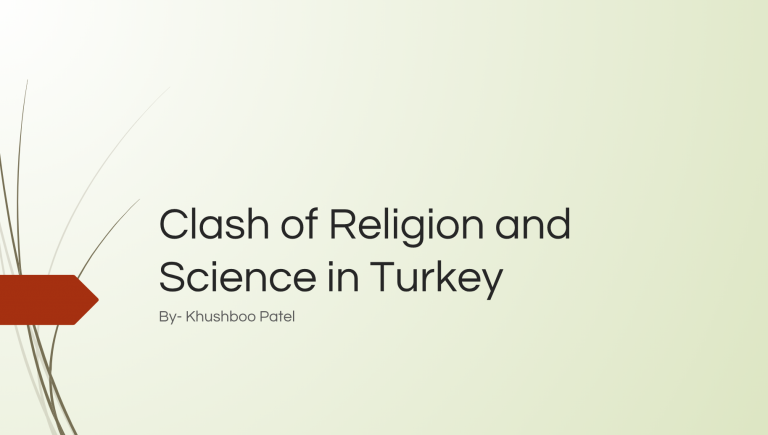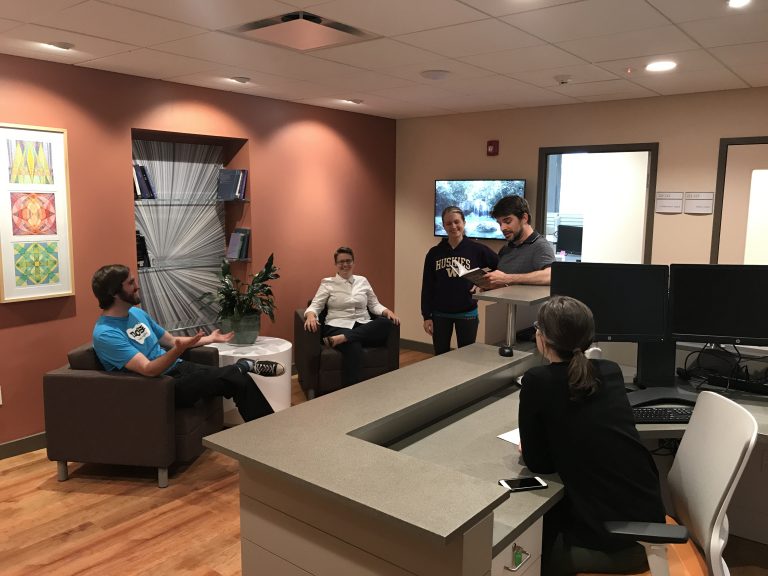We were excited to learn that Connor will be working on a paper on the evolution of religion with John Shaver for the Journal of Evolutionary Studies. The paper will focus on the subjunctive processes of producing religion while also underscoring the layers of social construction that are instrumental to the existence of religion.
Wensi has moved to Natick – really cutting down that commute! – and is making some impressive progress on her dissertation on religious healing. She shared with us a bit about what she’s researching, including some on shamanistic healing and complex social and genetic factors. She is also trying to highlight structural dynamics through her work, though Wesley agreed there seems to be a real gap in the existing literature on this specific subject.
Morgan has been busy helping Kate transcribe interviews for the Spirit Tech book. Kate showed us in detail what some of that work has become with an in-depth presentation on one of the chapters in the forthcoming book: Repetitive Trans-Cranial Magnetic Simulation.
Khatera has happy to announce she has made significant progress on the Tools Against Child Trafficking Project, meeting with a number of related interest groups, including one recommended by Kate. Khatera also explained some of the inherent issues in data collection for a topic that is difficult to track and monitored by federal law.
John kindly offered up a folder of data he collected doing comparative semantic network analysis of Alt-Right and Conservative reading lists, which he plans to refine into a paper as well. He is currently focused on studying for his upcoming exams, so we wish him luck on that.
As for the admin side of things, Maggie shared a bit of the developing plan for the IACSR Conference in August and Mary offered quick updates on grants as well as summaries of some of the recent ongoing projects: viaSTEM and Modeling Religious Change.
Wesley wrapped up this month’s meeting with and the exciting findings from the VR for Nightmare Disorder Pilot Study: results collected indicate that it had a positive impact in reducing anxiety and improving image control, and we’re hoping to deliver this to soldiers and others with TBIs.



